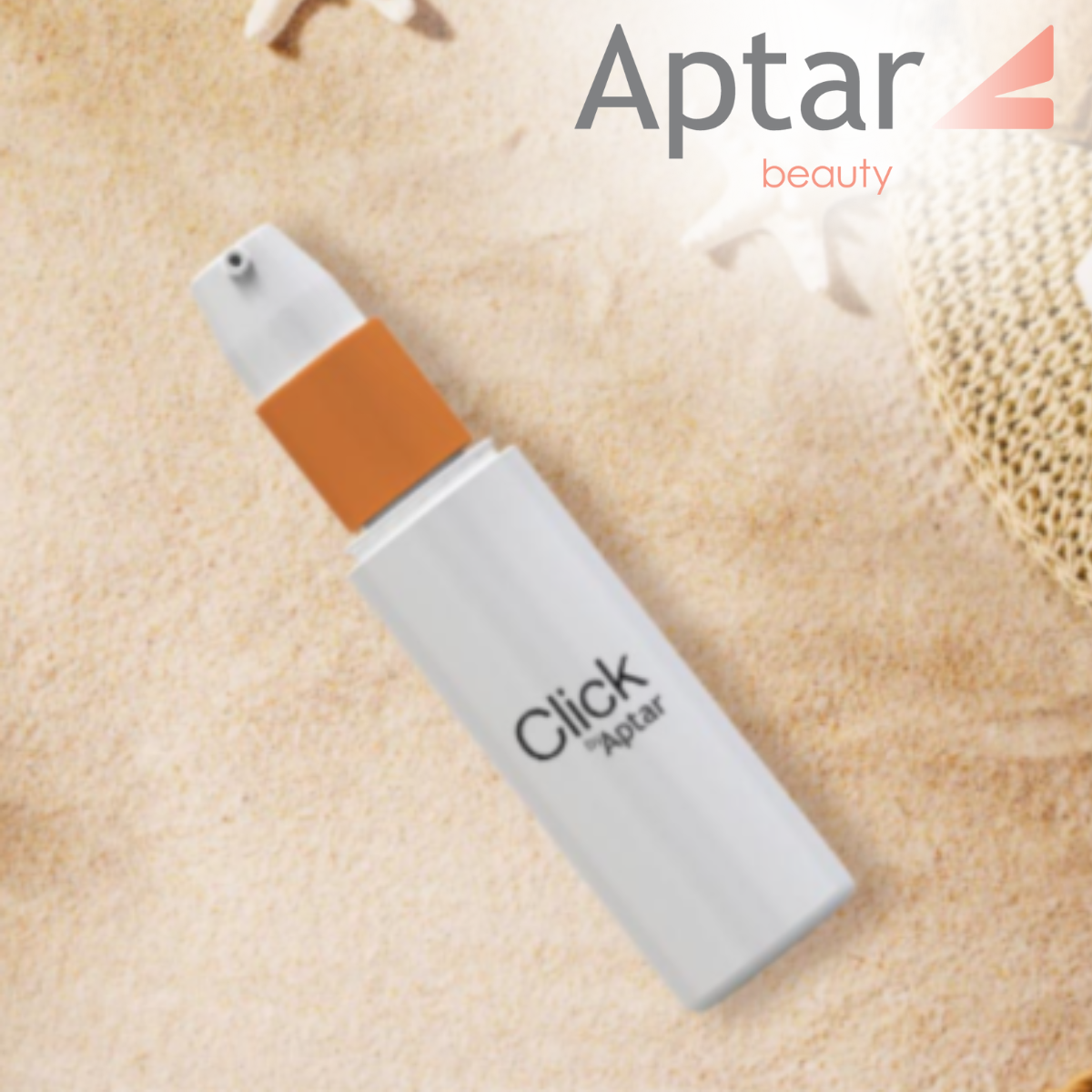AIDA: Revolutionizing Dermatology
Image used for illustrative purposes only
In the ever-evolving field of dermatology, AI Dermatochroma Analytica (AIDA) has emerged as a transformative technology. Designed to enhance skin colour classification and segmentation, AIDA leverages unsupervised machine learning techniques to address the limitations of traditional methods, paving the way for more accurate and personalized dermatological care.
Accurate skin colour classification has long been a challenge in dermatological research. Conventional methods, such as visual assessments and image classification, often fall short due to inconsistencies caused by lighting conditions and environmental factors. AIDA aims to overcome these hurdles by introducing a robust, AI-driven approach.
AIDA employs clustering techniques to classify skin tones without relying on labelled data. By evaluating over twelve models, including K-means, density-based, hierarchical, and fuzzy logic algorithms, AIDA mimics the process clinicians traditionally use to match skin tones with the Fitzpatrick Skin Type (FST) palette scale. However, it achieves this with enhanced precision and accuracy through Euclidean distance-based clustering techniques. The system also segments skin images into clusters based on colour similarity, providing detailed spatial mapping aligned with dermatological standards. This segmentation reduces uncertainty related to lighting conditions, ensuring consistent and precise skin colour classification.
AIDA has demonstrated superior performance, achieving a 97% accuracy rate compared to 87% for supervised convolutional neural networks (CNNs). Its ability to reduce reliance on labelled data and improve diagnostic accuracy marks a significant advancement in dermatological research. Yet it faces a number of challenges. Environmental factors, such as lighting and camera quality, can impact the accuracy of skin colour classification, and ensuring consistency across diverse conditions remains a complex task. Additionally, the vast diversity of human skin tones, including subtle gradients and unique pigmentation patterns, poses difficulties in achieving precise classification. While AIDA employs unsupervised machine learning techniques, certain stages still require manual intervention, and automating these processes is an ongoing goal. Furthermore, the need for high-quality and diverse datasets is crucial to improving inclusivity and accuracy, as underrepresentation of different ethnic groups and skin types could limit effectiveness. Scalability and integration into existing healthcare systems add another layer of complexity, requiring user-friendly solutions tailored for clinicians and adaptable for various setups. Cost and accessibility are also critical concerns, as the advanced technology required for AIDA might be prohibitive in resource-limited settings, necessitating efforts to develop more affordable alternatives. Addressing these challenges is essential for maximizing the potential of AIDA and ensuring its impact in dermatological care and personalized skincare solutions.

Author : Sheela Iyer
sheela@cosmetech.co.in
Sheela Iyer is an observer of the Indian Cosmetics & personal care industry and the editor of ‘Cosmetech’. She regularly video interviews industry experts on Cosmetech TV and has her fortnightly podcast ‘Cosmetics Today’
Subscribe to our free newsletter to read the latest news and articles before they are published.












Subscribe To Our Newsletter
Join our mailing list to receive the latest news and updates from The Cosmetics industry
You have Successfully Subscribed!